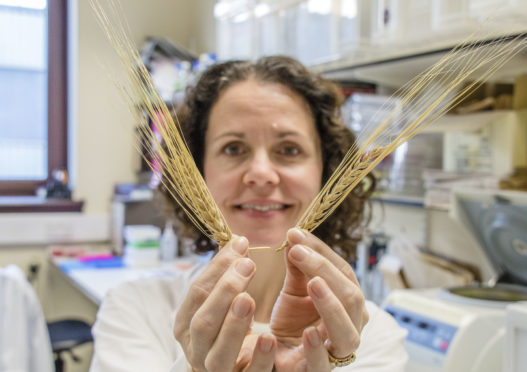New gene combinations in barley could prove a budding success for breeders and brewers across the world, according to research by plant scientists at Dundee University.
The study, published in New Phytologist with experts from the James Hutton Institute, suggests new barley lines created by bringing together novel genetic variation could benefit the brewing and distilling industries by offering improved grain quality.
Barley can have heads with either two or six rows of grain. Currently, the malt industries in the UK prefer two-row barley due to its grain uniformity but this could change following the new research developed in Dundee.
>>24 Days of Christmas – Click here for special festive deals from some of our favourite local businesses
Dr Sarah McKim, who led the team including co-authors Dr. Monika Zwirek and Professor Robbie Waugh, said that combining variation from different genes both increased grain uniformity and grain weight on each head of six-row barley.
She said: “Current cultivated six-row barley shows poor grain uniformity, which is undesirable for malting. Compared to two-rowed types, six-row barley also has a decreased number of heads per plant, meaning that yield is lower than its potential.
“However, we discovered that combining specific pairs of ‘row-type’ genes generated barley with improved grain uniformity but also increased the number of heads per plant, while other combinations increase grain weight even compared to two-row barley, ticking many of the boxes barley growers may want.
“These combinations are a promising start and could impact brewing and distilling here and across the globe.”










